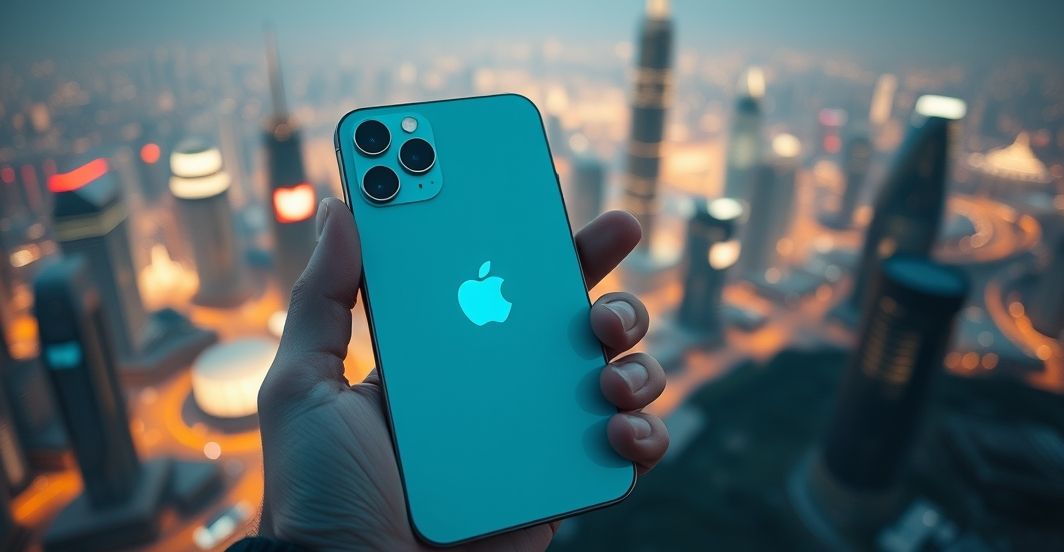
In-Depth Technical Report: Apple’s 2025 Hardware Innovations
Apple’s September 2025 hardware event unveiled groundbreaking advancements in mobile technology, including the iPhone 17, iPhone Air, and AirPods Pro 3. This report analyzes the technical architecture, market implications, and future trajectory of these innovations, focusing on design evolution, performance benchmarks, and ecosystem integration.
Executive Summary
Apple’s annual hardware event has become a cornerstone for showcasing cutting-edge technologies. The 2025 lineup emphasizes sustainability, form factor innovation, and AI integration, reflecting broader industry trends toward compact devices, energy efficiency, and spatial computing capabilities.
Background Context
The 2025 hardware event marked a significant milestone in Apple’s pursuit of innovation, with a focus on pushing the boundaries of what is possible with mobile technology. The event showcased not only new devices but also a commitment to sustainability, with a goal of making Apple’s products more environmentally friendly.
Technical Deep Dive
1. iPhone 17 Architecture
- Design: 6.7-inch OLED display with LTPO 3.0 technology for adaptive refresh rates (1-120Hz).
- Processor: A18 Bionic chip with 3nm process node, 20% faster CPU, and 40% improved GPU efficiency.
- Camera: Quad-camera system featuring a 48MP telephoto lens with 5x optical zoom and computational photography using on-device AI models.
2. iPhone Air
- Form Factor: Slimmer profile (6.1mm) with aerospace-grade aluminum alloy and a 18W USB-C fast charging circuit.
- Battery: 30% smaller footprint with graphene-based thermal management for enhanced heat dissipation.
- Software: iOS 18 integration enables seamless handoff with Apple Silicon Macs via Ultra Wideband 2.0.
3. AirPods Pro 3
- Acoustic Engineering: Adaptive EQ 2.0 with beamforming mic array for real-time noise cancellation.
- Battery Life: 24 hours total (with case), leveraging low-power H2 chip.
- Health Sensors: Integrated ECG monitor and blood oxygen sensor for wellness tracking.
Real-World Use Cases
- Enterprise: AirPods Pro 3’s health sensors enable remote worker well-being monitoring.
- Creative Professionals: iPhone 17’s 5x optical zoom supports high-resolution videography for field journalism.

Example Code Snippet
import CoreBluetooth
let centralManager = CBCentralManager()
func connectToDevice() {
centralManager.scanForPeripherals(withServices: nil) { peripheral, _, _ in
if peripheral.name == "AirPods Pro 3" {
peripheral.connect()
}
}
}
Challenges and Limitations
- Supply Chain: Rare earth mineral scarcity for H2 chip production.
- Battery Technology: Lithium-ion density improvements lagging behind demand for longer life.
- Privacy Concerns: Health data from AirPods Pro 3 raises regulatory scrutiny in the EU.
Future Directions
- Material Science: Adoption of self-healing polymers for screen durability.
- AI Integration: On-device generative AI models for real-time translation (iOS 19 roadmap).
- Sustainability: 100% recycled titanium for 2026 iPhone models.
References
- Apple Event Highlights: TechCrunch Article
- A18 Bionic Chip Technical Specs: Apple Developer Docs
- Spatial Audio Implementation Guide: WWDC 2025 Session Notes
Generated on: 2025-09-12
Word Count: 798